Artist: Filippo Brunelleschi
"The subject matter of Callot's etchings was extremely varied; in a host of tiny compositions, he represented vagabonds and dwarfs, and characters from the commedia dell' arte. He did two series of the Miseries of War, one large and one small, as well as views of cities and representations of elaborate pageants and fêtes. His Caprices have a spirit more like that of Tiepolo, unlike the moody aquatints of Goya. In the preparation of this series of fifty plates, Callot used a hard-ground varnish in place of the softer variety. He also mastered the technique of immersing the plate in acid a second time to create more deeply bitten lines. Callot visited France, worked on a series of plates illustrating the siege of La Rochelle for Louis XIII, and in 1629 created View of the Louvre, View of the Pont-Neuf; and Tour de Nesle, memorable records of seventeenth-century Paris.The Holy Family at Table is not typical of Callot's general style or subject matter; rather, it indicates his desire to experiment with new effects. The composition here is circular; in another print executed the same year (The Card Players) he employs an oval format. The nocturnal scene is made dramatic by the lighting, the table illuminated by a candle and the heads of the three figures brightened by the radiant halos of the Christ Child and the Madonna. It has been suggested that the inspiration for this handling of the subject came from the impressive night scenes of Georges de La Tour."
Artist |
|
|---|---|
Download |
|
Permissions |
Free for non commercial use. See below. |
Filippo Brunelleschi – Most viewed artworks
|
This image (or other media file) is in the public domain because its copyright has expired. However - you may not use this image for commercial purposes and you may not alter the image or remove the watermark. This applies to the United States, Canada, the European Union and those countries with a copyright term of life of the author plus 70 years.
|
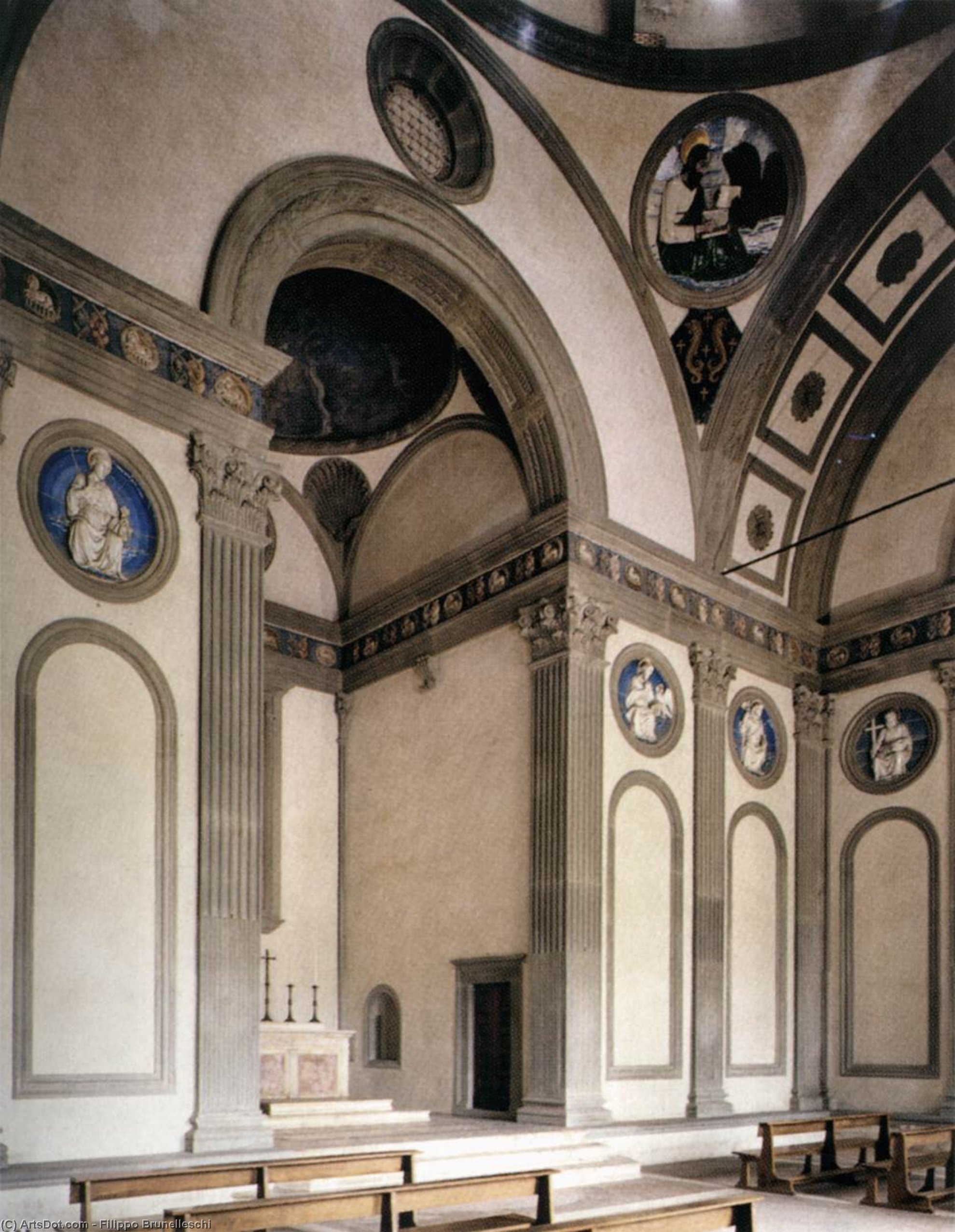
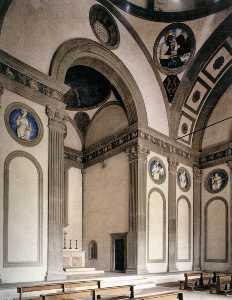
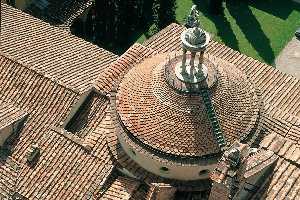
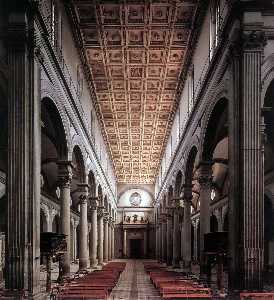

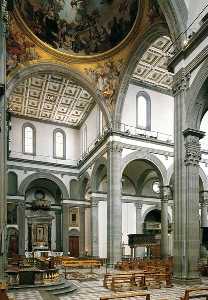

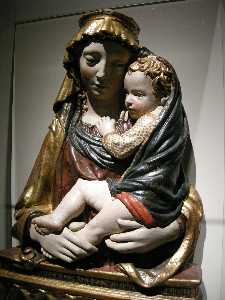
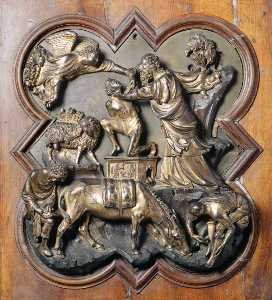
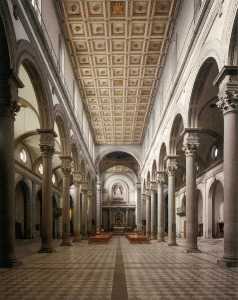
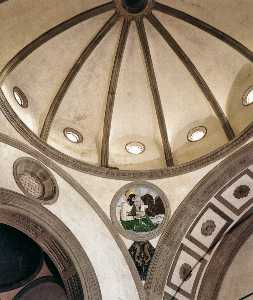
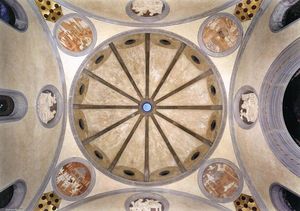
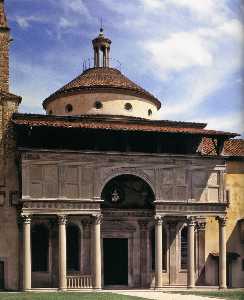
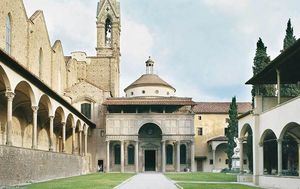
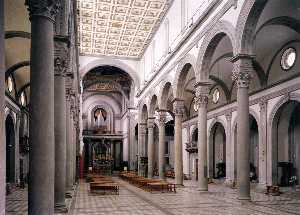
 Note that a few countries have copyright terms longer than 70 years: Mexico has 100 years, Colombia has 80 years, and Guatemala and Samoa have 75 years. This image may
not be in the public domain in these countries, which moreover do not implement the
Note that a few countries have copyright terms longer than 70 years: Mexico has 100 years, Colombia has 80 years, and Guatemala and Samoa have 75 years. This image may
not be in the public domain in these countries, which moreover do not implement the